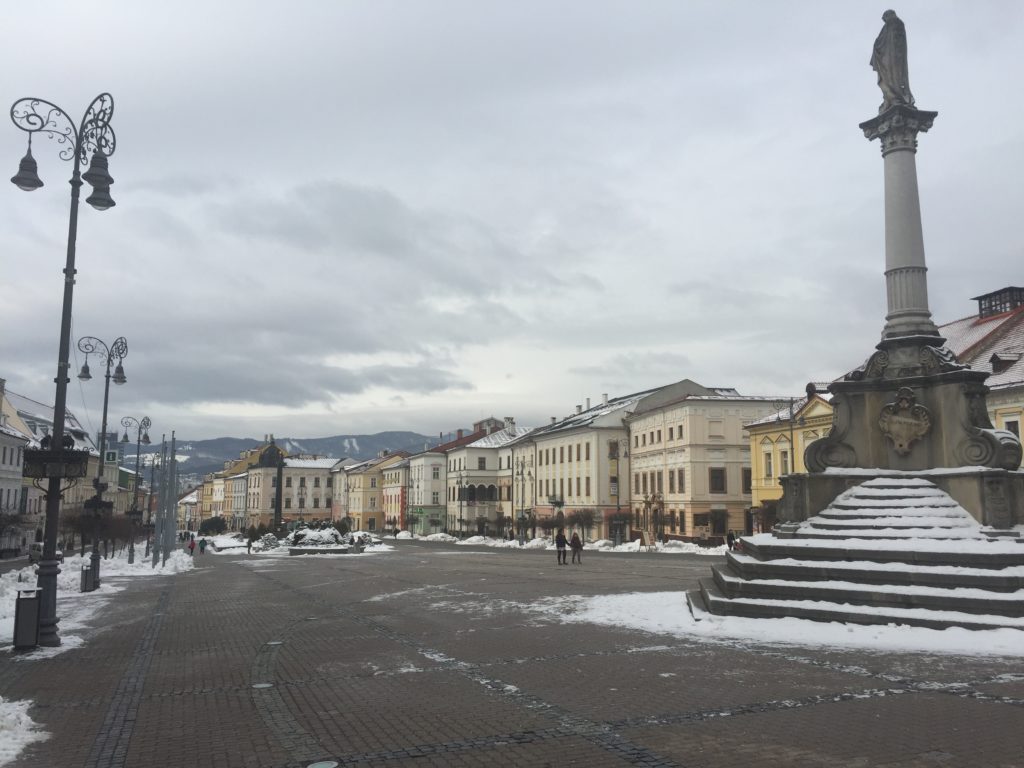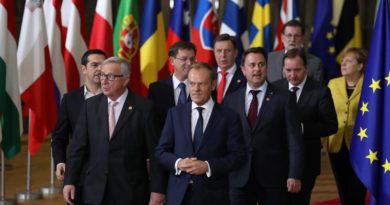Letter from Slovakia
I made a lightning tour of Slovakia last week, visiting six regions in three days, to catch the political mood of Europe’s youngest democracy and Eastern Europe’s strongest pro-EU Member State.
Slovakia goes to the ballot box on 16th March to elect a new President for the Republic; of the sixteen candidates standing, the most recent opinion polls suggest that European Commissioner Maros Sefcovic is leading with 19% of the vote predicted, but that the election is likely to go to a second run-off vote on 30th March. Should Sefcovic win, the Slovakian government is widely expected to nominate their Foreign Minister Miroslav Lajcak to replace him as Commissioner in the European Commission in Brussels.
The new Slovakian President is due to take office in June, but for him to be sworn in the process of appointing the members of the Slovakian Constitutional Court, and electing the Chairman of the Court must be completed; the appointment process is currently frozen by a party political dispute, largely driven by fierce personal animosity between the current President Andrej Kiska and the former Prime Minister Robert Fico who harbours ambitions to become Chairman of the Court. These appointments are highly sought after, as they are for a twelve year term. But, in all probability the current impasse with the appointment process will be resolved in April after the election, in time for the new President’s investiture.
Concentration on these national priorities means that little attention has yet been paid to the European Parliament elections due in May, but as of this month the political opinion polls show SMER in the lead with 22.4% followed by SAS with 14.8% However SMER is tainted in the public conscience with corruption, and may well be punished in the European Parliament elections. The Slovak electorate is deeply disturbed by the tragic murder one year ago of Jan Kuciak and his wife, and the pavement shrines in cities across Slovakia that were spontaneously created by the public in their memory show every sign of becoming permanent. The couple are perceived as martyrs of the pubic exposure of deep seated government corruption.




